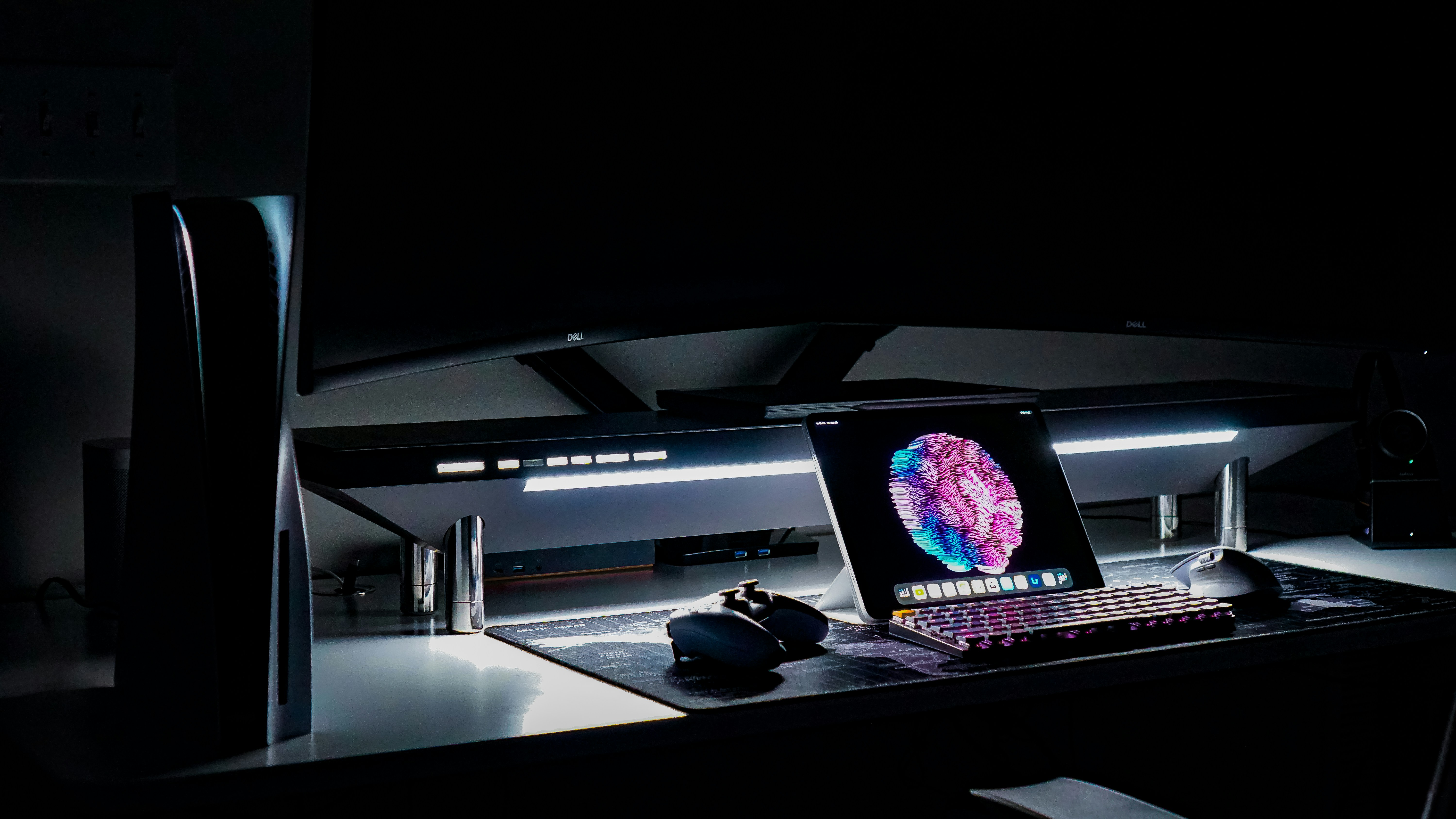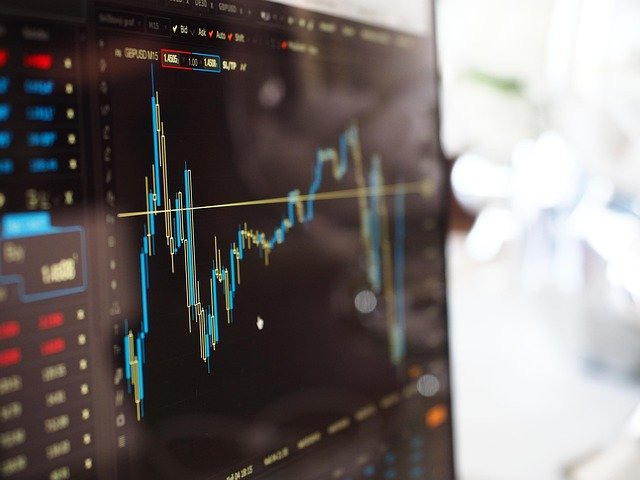The Dawn of Smart Dust: A Glimpse into the Future of Nano Electronics
Imagine a world where microscopic sensors float in the air, collecting and transferring data about everything from temperature to pollution levels. This is not a concept from a sci-fi movie but a reality that’s steadily unfolding, thanks to the advent of smart dust.

The Genesis of Smart Dust
Smart dust refers to tiny, wireless microelectromechanical sensors (MEMS) that can detect everything from light to vibrations. The concept was conceived back in the 1990s by researchers at the University of California, Berkeley, under a project funded by the Defense Advanced Research Projects Agency (DARPA). The idea was to develop minuscule, inexpensive, low-power devices that could interact with their environment and communicate with each other, thereby creating a network of intelligent, autonomous sensors.
The Journey Thus Far
After two decades of research and development, smart dust technology has evolved considerably. Although we are yet to see dust-sized sensors, advancements in microfabrication and nanotechnology have led to the creation of devices that are getting closer to the original vision. Today, smart dust motes can monitor parameters like temperature, humidity, light, and vibration, transmitting the data wirelessly to a central system.
The Present Scenario
Smart dust technology is now finding its way into various applications. In agriculture, tiny sensors can monitor soil conditions, helping farmers optimize irrigation and fertilization. In healthcare, ingestible sensors can track a patient’s vital signs from within the body. In the realm of environmental monitoring, smart dust can provide real-time data about pollution levels, helping to devise effective pollution control strategies.
The Price and Market Impact
The cost of smart dust technology is a significant factor influencing its adoption. Currently, the price of a single mote hovers around $100, but as the technology matures and production scales up, prices are expected to drop. According to a market research report by BIS Research, the global smart dust market is projected to reach $5.4 billion by 2023, growing at a CAGR of 64.1% from 2017 to 2023. The report suggests that a reduction in sensor size and cost, coupled with improvements in power efficiency, will drive this growth.
Looking Ahead
The potential applications of smart dust are vast and extend beyond our current imagination. From monitoring the structural integrity of buildings to tracking the movements of endangered species, the possibilities are endless. However, the technology also raises significant privacy concerns. Regulating the use of these pervasive sensors will be a key challenge as we step into the era of smart dust.
In conclusion, smart dust represents a fascinating convergence of computer science, electrical engineering, and nanotechnology. As this technology continues to evolve, it could fundamentally alter how we interact with our environment, turning the very air around us into a source of invaluable data. However, it also underscores the need for rigorous ethical considerations to ensure that this powerful technology is used responsibly.





